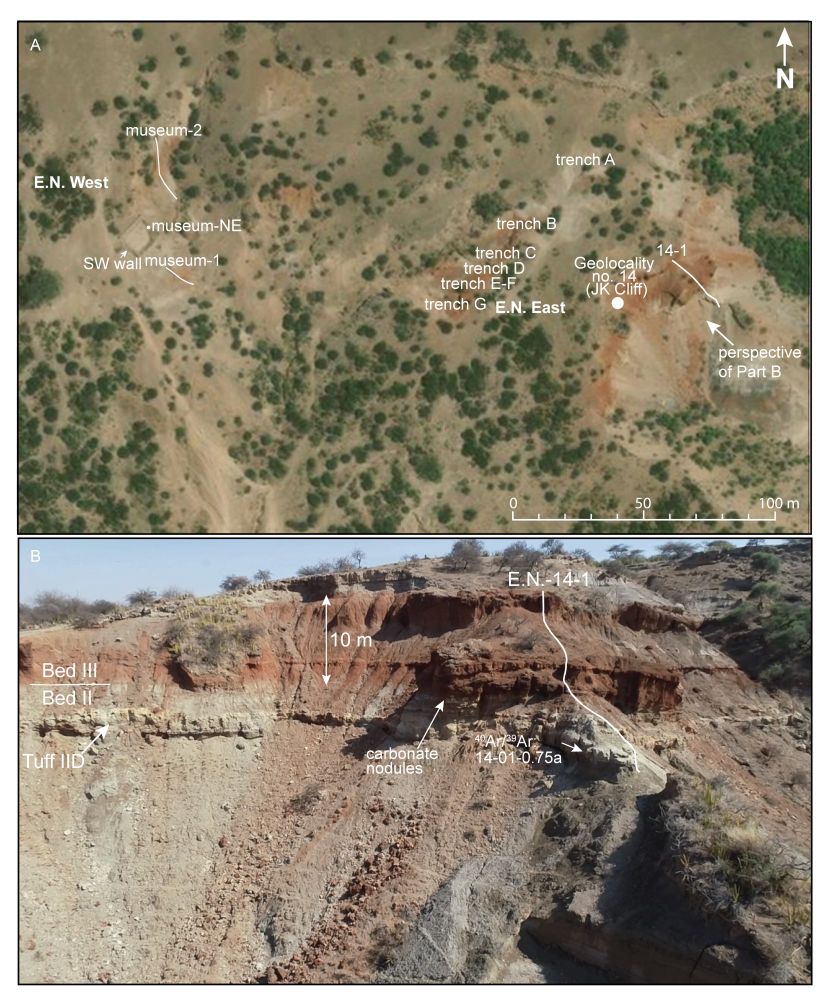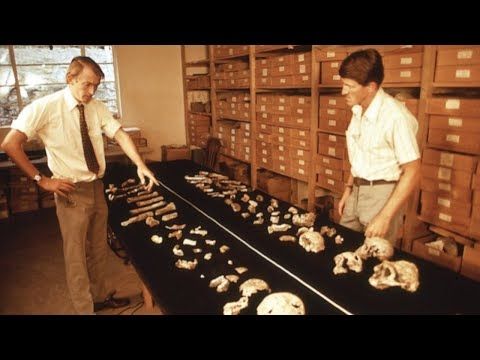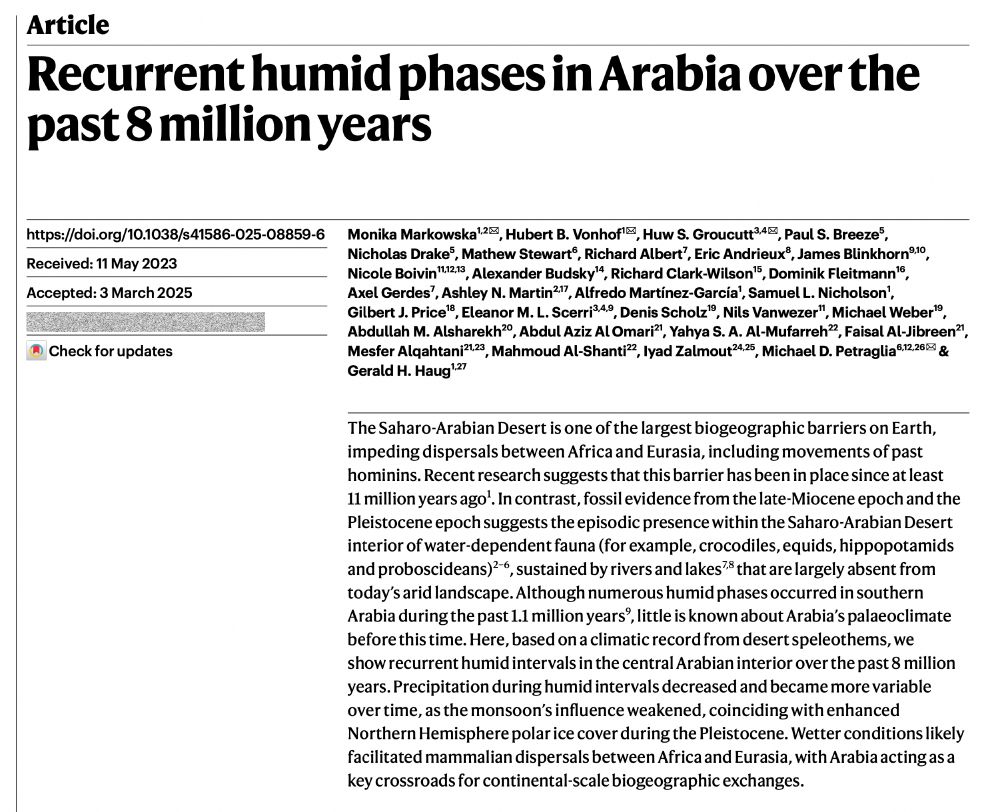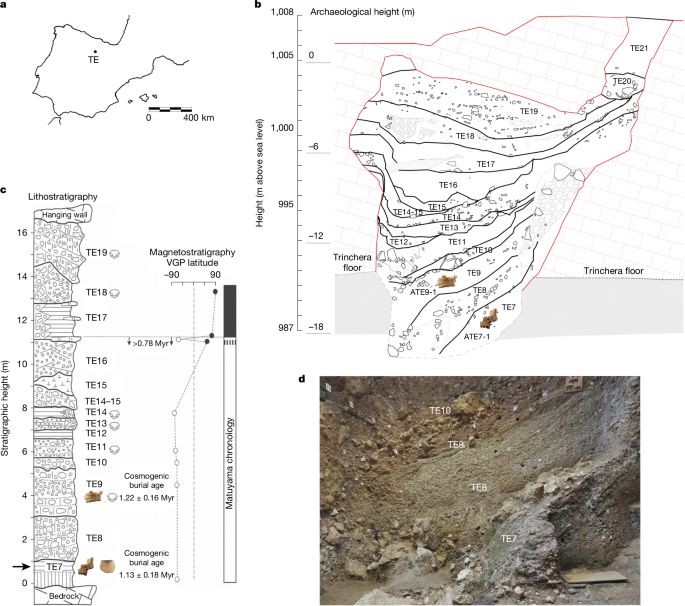Posts
Media
Videos
Starter Packs
Pinned
Reposted
Reposted
Reposted
Reposted
David Wright
@davidkwright.bsky.social
· Jan 30
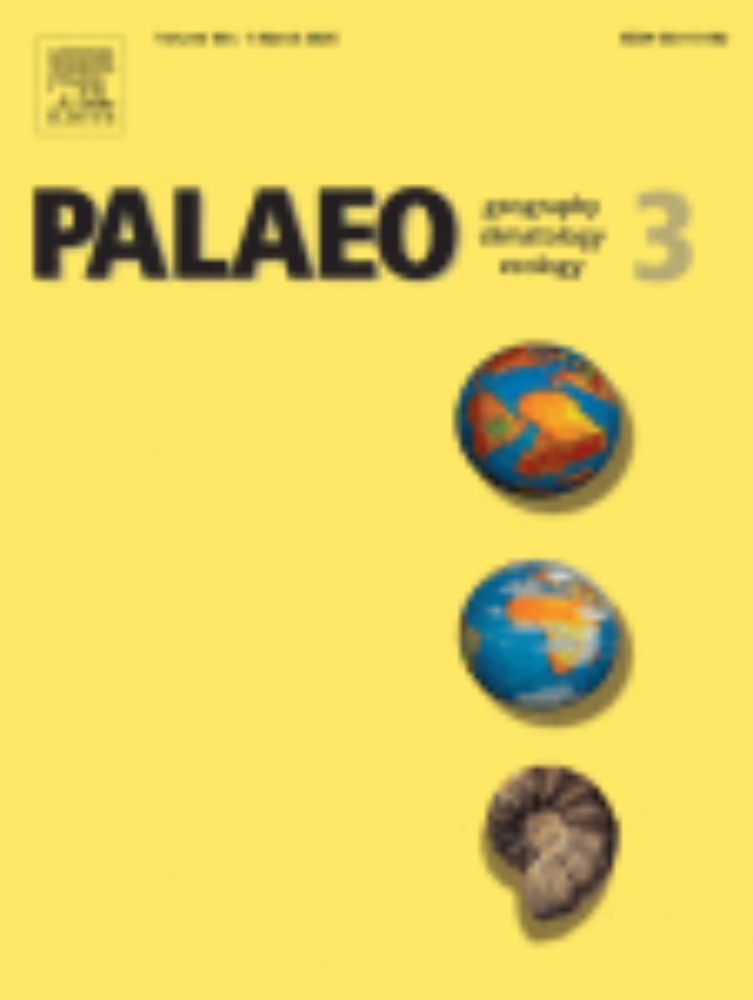
Biomarker evidence on early Paleolithic human-environment interactions from loess records in Tajikistan, Central Asia
The loess-paleosol sequences of Khovaling, southern Tajikistan preserve signatures of prehistoric human settlement during the Early Paleolithic. Archa…
www.sciencedirect.com
Reposted
Martin Hodson
@martinjhodson.bsky.social
· Jan 24

Auto-fluorescent phytoliths: can we detect past fires in tropical and subtropical contexts? - Vegetation History and Archaeobotany
To understand human practices and landscape evolution it is crucial to be able to trace evidence of past fires, notably in tropical environments. In such anthromes, phytoliths are generally well prese...
link.springer.com
Reposted


